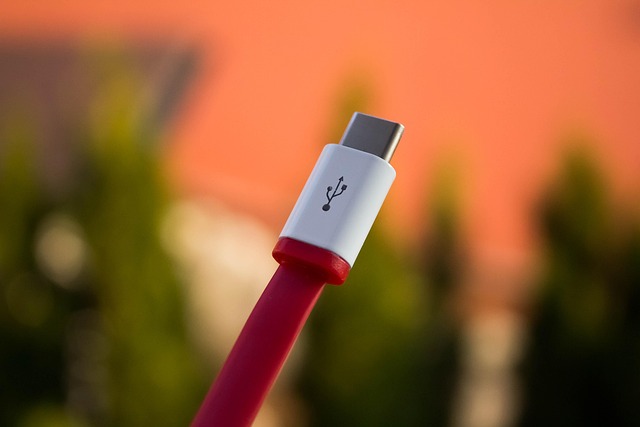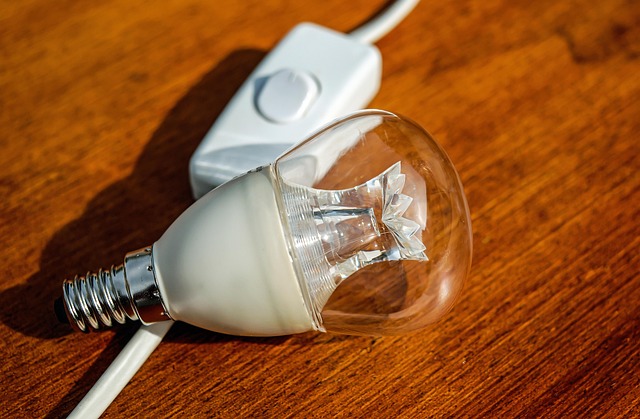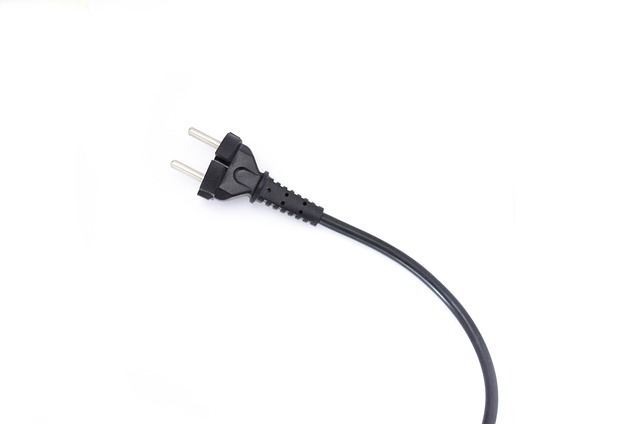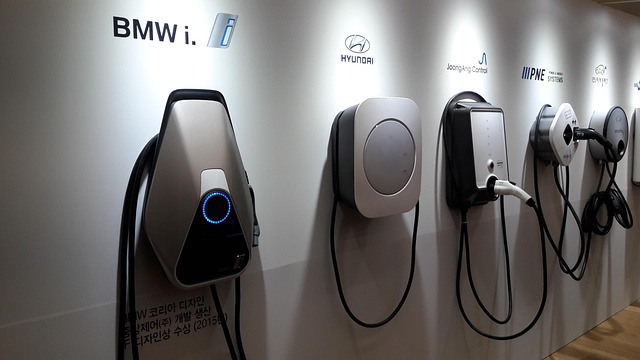Decoding Type 2 Cables: A Comprehensive Guide
In the ever-evolving world of electric vehicles (EVs), understanding the right charging equipment is essential. Among the plethora of options, the Type 2 cable stands out as a crucial component for efficient and reliable EV charging. Whether you’re a new EV owner or someone exploring the best charging solutions, this guide will help you decode the intricacies of the Type 2 cable.
What Is a Type 2 Cable?
The Type 2 cable, often recognized for its distinctive design with seven pins, is a standardized charging connector predominantly used across Europe and beyond. It bridges the electric vehicle and the charging station, ensuring smooth energy transfer. The cable’s popularity stems from its versatility, supporting both single-phase and three-phase charging, making it compatible with a wide range of EVs and chargers.
Why Is the Type 2 Cable So Important?
Choosing the right cable isn’t just about compatibility; it’s about safety, efficiency, and convenience. The Type 2 cable is designed to handle high currents safely, reducing charging time significantly compared to older or less reliable cables. Its robust build and locking mechanism provide peace of mind, preventing accidental disconnections during charging sessions.
Understanding the Design and Features
The design of the Type 2 cable caters to both functionality and user experience:
- Seven-pin configuration: This allows communication between the vehicle and the charger, enabling smart charging features.
- Locking mechanism: Ensures that the cable remains securely connected during charging.
- Compatibility with charging modes: Supports Mode 2 and Mode 3 charging, offering flexibility for home and public charging stations.
Using the Type 2 Cable in Daily Life
If you own or plan to own an EV, the Type 2 cable becomes an everyday companion. It enables you to charge at various locations—from your home’s private garage to public charging hubs—without worrying about compatibility. Moreover, it’s built to endure different weather conditions, making it reliable whether you’re charging indoors or outdoors.
Choosing the Right Type 2 Cable for You
When selecting a Type 2 cable, consider the following:
- Length: Choose a length that suits your typical charging setup, balancing convenience and portability.
- Current rating: Ensure the cable supports the maximum charging power your EV and charger can handle.
- Build quality: Look for cables with robust insulation and durable connectors to guarantee safety and longevity.
The Future of Electric Vehicle Charging
As EV technology advances, so do charging standards and equipment. The Type 2 cable represents a critical step in this journey, offering a standardized, efficient, and user-friendly solution. Familiarizing yourself with it not only empowers you as an EV owner but also connects you to the broader movement toward sustainable transportation.




